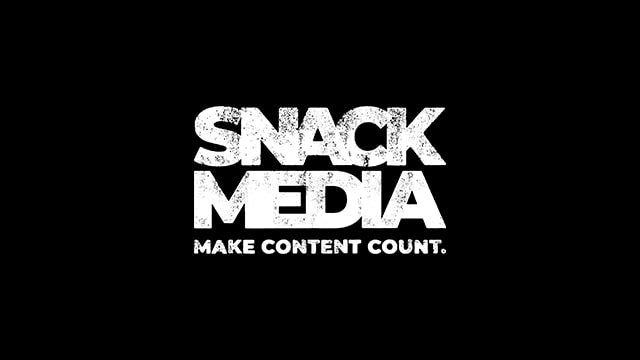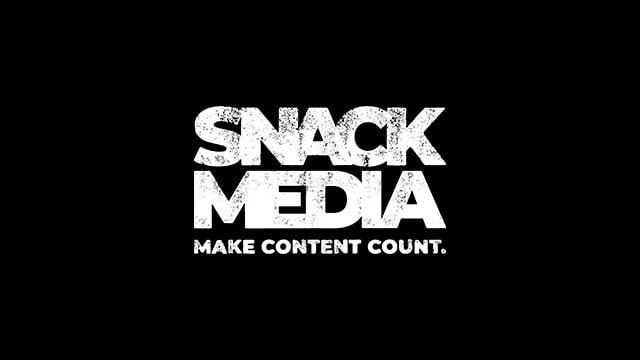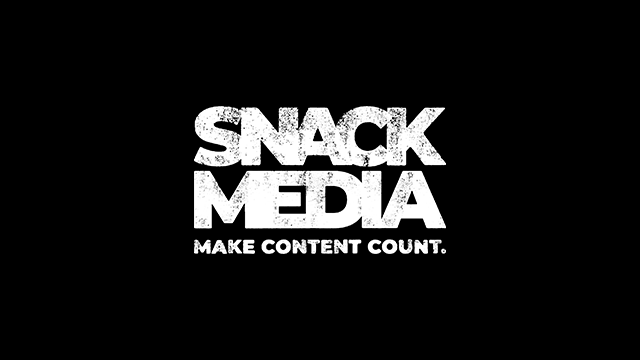Back in 2009, Snack Media was simply FootballFanCast.com, a website dedicated to football news, blogging and podcasts.
Since those early days the company has expanded rapidly and I have had the privilege of building and working on some incredibly interesting bits of tech that have helped us in that journey. Looking back I feel very proud of some of these key developments, of which there have been so many that it is very hard for me to pick only five.
1. Moving FootballFancast.com from Drupal to WordPress

It was a bold move completely changing the underlying technology for the website that, at the time, was the single focal point for the business. The site had been originally built on the Drupal platform. Major challenges that the original site faced were:
i) Ease of use for the editorial team
ii) SEO visibility
iii) Ability to add new custom features that the editorial team knew would appeal to football fans and help to grow our audience.
iv) Server uptime and hosting demands as web traffic grew very quickly
We identified moving to WordPress, as an all encompassing solution to these key problems. Building the FootballTransferTavern.com website on the WordPress platform and instaling plugins for rating articles, opinion polls, etc proved a successful case study so we moved forward with porting FootballFanCast.com to WordPress.
WordPress allowed us to develop new features and templates quickly, it also provided an editorial structure of Editors, Authors, Contributors with defined roles. Most of all it was easy to use, making it easy to train new writers and content creators for the site.
2. Pods CMS / Custom Post Type

One of the main drawbacks of WordPress in it’s earlier versions was that, although great for blogging, it was never a particularly versatile CMS until Custom Post Types were introduced in 2010 (version 3.0). Prior to that the best solution to creating CMS for custom content in WordPress was by using the Pods CMS plugin.
The Pods plugin provides an interface which allows you to create custom CMS forms for content creation, and also a templating engine to create custom views for displaying that content at the front-end.
Pods CMS revolutionised the way we could use WordPress and provided the basis for many of our most important website features.
3. Stadium Concourse TV

Snack Media first worked on the Concourse TV project in 2010 as collaboration with Sports Revolution. This is a system that shows live stats and team news on HD screens in the concourse areas of Premier League football stadiums, the content is interspersed with advertising and is driven by a scheduling system.
We were brought in to complete the front-end development and improve the look and feel. I really enjoyed working in Flash / Actionscript as this is where my development career had started out. I improved the animation, and also introduced moving backgrounds and other dynamic features so that the design could be changed to reflect the colours of each club.
Since then there have been many further improvements to the system including further design and animation improvements to the front-end, and also a major overhaul of the database system and a new feeder application to receive stats from the new data supplier OPTA.
Working with OPTA and leading the development of the new database system and back-end services taught the company a lot about dealing with live sports statistics.
4. Live Match Centre and football stats

We then created the live match experience for FootballFanCast.com. The key parts of this feature are league tables, fixtures and results as well as the match pages which include match stats, team lineups and live commentary all of which update in real-time.
Our match pages include some nicely designed features such as team lineups in a pitch view so that you can see the team formation, also a timeline at the top of the page which shows when key events in the match happened such as goals, cards and substitutions.
We also integrated an editorial element so we can add match preview editorial which often includes projected team lineups, injury news and fan’s opinions from twitter.
5. Live blogging features

As a business that has always specialised in creation of high quality web content and journalism, live blogging and live coverage of events has become a major part of what we do over the last few years. In order to add another USP to our live match experience we integrated the API of the live blogging platform that we use for live events coverage. Now the official commentary that we receive from OPTA is displayed inline with our own commentary and social commentary pulled in from Twitter, Facebook, Instagram and Vine.
This makes for a much better live match experience since when a goal or red card is announced in official commentary, fans can also see what other fans are saying about that event on social media. It also allows us to incorporate a bit more humour and a human voice into the live match experience.
The addition of live blogging and social aggregation to our live match centre has helped us to create a very unique offering which has attracted sponsorships from brands such as Capital One, Ford, Strongbow and Europcar.
By Sam Burdge



